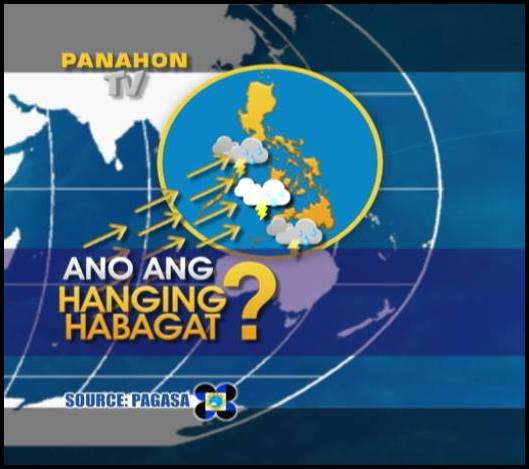Home > Blog > Weather
Understanding “HABAGAT”

Every year, when the rainy season begins, a new weather system also begins to affect the country. This is the southwest monsoon, locally known as “habagat,” which is also one of the criteria of PAGASA before they officially declare the rainy season. (Related article: http://panahon.tv/blog/2015/06/its-official-tag-ulan-is-here/)

In Philippine Mythology, Habagat is the god of winds, who rules the kingdom of silver and gold in the sky or the whole Himpapawirin. Habagat is also considered to be another elemental god, the Southwest Wind.
In order to win the hand of the very lovely Amihan (Northeast Wind), Habagat joined a contest of force and speed against the other gods of winds. He defeated them all, including his fiercest rival Buhawi (Typhoon). Later, Habagat brought his beloved Amihan to the Himpapawiran.
In other myths, Habagat is also referred to as the god of rain, and is often associated with the rainy season, which is characterized by frequent heavy rains and storms, and a prevailing wind from the west.
When it comes to meteorology, habagat is a weather system that is composed of warm and moist winds moving in a southwest direction.
Due to these characteristics, it is a major factor in cloud formation, basically activated by heat and moisture. Habagat causes monsoon rains that could last for a couple of days or even a week.
When a weather disturbance approaches or moves closer to the Philippine Area of Responsibility (PAR), it enhances the habagat, which dump rains mostly over the western section of Luzon and Visayas.
In September 2009, Tropical Storm “Ondoy” enhanced the habagat that resulted to severe flooding in different parts of Luzon, including Metro Manila. Within 24 hours, it dumped more than 400 millimeters of rain.

Last year, enhanced by Tropical Storm Mario, the habagat poured more than 200 millimeters of rain recorded at the PAGASA Science Garden, Quezon City.
This rainy season, we have to remember that whether a tropical cyclone hits the landmass or not, it can still have the power to enhance the habagat. So don’t underestimate the habagat; make it a habit to monitor updates and prepare for the changing weather.
Sources:
PAGASA-DOST
http://www.philippinestamps.net/

